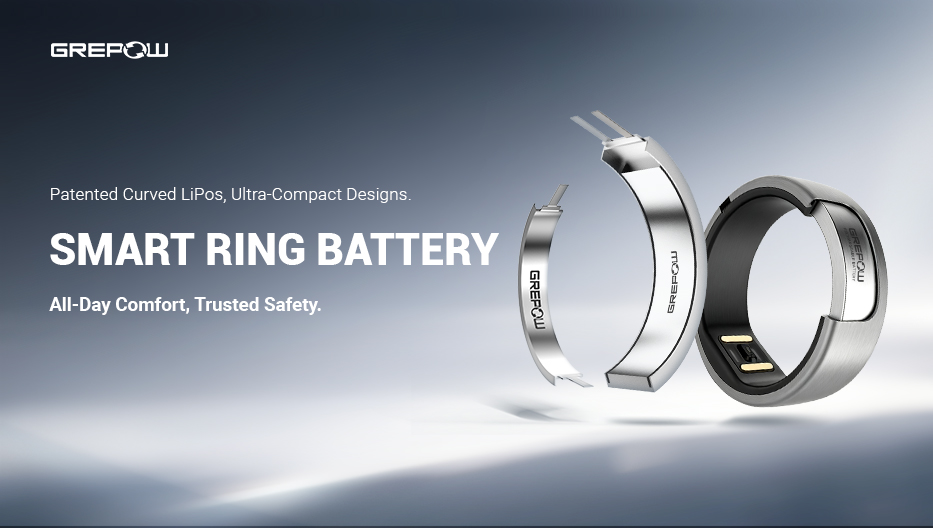Novel Calcium Titanium Ore Batteries for Excellent Indoor Flexibility
Novel Calcium Titanium Ore Batteries for Excellent Indoor Flexibility
Novel Calcium Titanium Ore batteries for excellent indoor flexibility developers of a calcium titanium ore device designed for 100-500 lux lighting say it costs $78-108 per square meter to manufacture.

Picture Source: mp.ofweek.com
Novel bendable calcium titanate solar battery
Researchers at the University of Rome Tor Vergata, the Fraunhofer Institute for Organic Electronics in Germany, and South Columbia University have developed a bendable calcium titanate solar cell for indoor applications that is said to work in 100-500 lux of illumination.
The 100-micron-thick device is manufactured using roll-to-roll sputtering technology and coated with indium tin oxide on ultra-thin flexible glass with a light transmittance of more than 80 percent, a resistance of 13 ohms per square, and more than 1,600 bending processes at a curvature of 20.5 mm.
The device is fitted with a mesoporous holder on a dense tin oxide layer, which is a decisive factor in achieving 20.6% and 22.6% cell conversion efficiency under 200 and 400 lux LED illumination.
According to the device's developers, these efficiency levels are the highest recorded numbers for flexible PV cells designed for indoor use and are also 60-90% higher than the best-performing calcium titanite PV cells on a flexible substrate.
Production cost of the novel battery
Researcher Thomas Brown said the estimated production cost to produce thousands of square meters of fully encapsulated calcium titanium ore in flexible solar cell glass would be about $110 per square meter per year. "Considering that the amount of cell area needed to power low-power electronic devices, such as wireless sensors, depends on the level of indoor lighting; how much power the device consumes; and how often it senses and communicates; the costs associated with producing PV modules - excluding cutting, packaging and integration - will therefore range from less than $0.10 to $1."

Picture Source: mp.ofweek.com
The researchers say that flexible calcium titanium ore for industrial-scale production of solar cells in pet substrates costs about $34 per square meter not including special packaging costs. "The cost of the exchange is flexible plastic substrates at about $6 per square meter, the estimated cost of ultra-thin glass substrates is about $40 per square meter, and the manufacturing cost of calcium titanite solar cells flexible glass would be $68 per square meter," he added.
According to the analysis of the micro lithium team, the device's flexible precision-wound aligned manufacturing glass can not only achieve tin indium oxide but also for all other layers in the future in order to reduce manufacturing costs, increase production yields of solar cells and allow the application of flexible calcium titanium ore.
In addition, the researchers added that putting their equipment into mass production would require increasing the cell area from 1 square centimeter to about 10 square centimeters, potentially reducing the efficiency figure to about 18 percent -- still very high for a flexible calcium titanate battery.
Current novel battery solutions
Grepow is currently capable of mass-producing a kind of novel batteries. We have over 500 novel batteries for you to choose from. The thickness ranges from 0.4 mm to 8 mm. It means that the thinnest can be thinner than paper. All kind of portable devices you use are perfectly fine with our batteries.
From our inception, we have been cooperating with many of the top 500 companies in the world.
Picture source: www.grepow.com
Click the link for more novel batteries' information: https://www.grepow.com/shaped-battery.html
Contact us directly for more battery information: Contact us
Related Articles:
A Review of Flexible Battery Manufacturers
New Stretchable Battery Can Power Wearable Electronics
Highly Flexible High-energy Textile Lithium Battery for Wearable Electronics
Related Articles
-

Powering Aerial Artistry: Grepow Battery Solutions Behind Drone Light Shows
2025-10-27 -

Powering the Future of Wearables: How Grepow's Patented Curved Battery is Revolutionizing the Smart Ring
2025-10-16 -

Grepow Battery Announces Manufacturing Agreement with Powerbanc Group
2025-09-30

















































